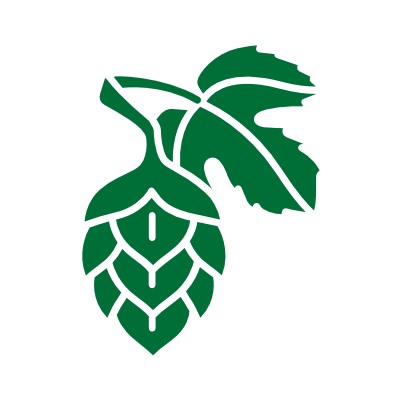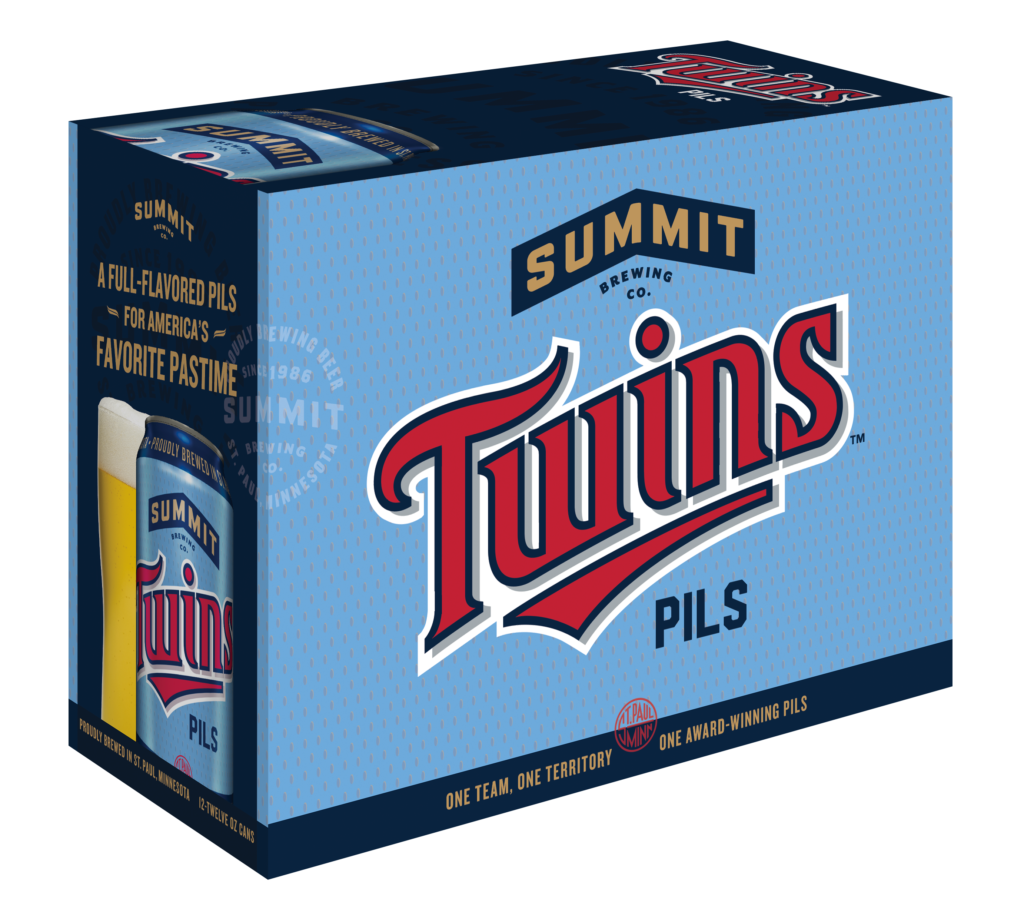Picking Apart the Hop: Tettnanger
Sometimes in life the simplest things can be the most complex.
Things like beer.
Made from just four ingredients – malt, hops, yeast and water – there are seemingly endless ways to combine them that create a plethora of styles, aromas, flavors and taste profiles. Of course, part of that is due to the endless variety of each of those ingredients.
In an effort to not only educate drinkers on where the flavors they are tasting are coming from but also to keep craft beer approachable, we’re diving into one of those ingredients and sharing just how it affects our brews – hops!
So far, we’ve explored Fuggle, Centennial, Loral and Huell Melon, and we’re just getting started.
 First, A Little Background
First, A Little Background
Hops are the flower, or cone, of the female hop plant – humulus lupulus. They contain alpha acids and essential oils that bring bitterness, flavor and stability to beer. Their flavor can range from fruity to floral to funky.
They are generally separated into two categories: bittering and aroma.
Hops used primarily for bittering generally have higher alpha acids and are added during the beginning of the boil stage, as it takes a long time to release these flavors. The increased time at high temperatures tends to lead to a higher conversion rate of the hop alpha acids to isomerized alpha acids, thus providing a more efficient bitter in the final beer.
Hops used for aromatics generally have more essential oils and are added later in the brew, so the oils don’t boil off. Hops added just for flavor are added in between the two.
As with many plants, each variety of hop varies in flavor, aroma, bitterness and intensity level of any or all three of these characteristics.
Make-Up of the Tettnanger Hop
 With the release of our Summit Twins Pils we felt it only fitting to explore the hops inside this brew. Since we already looked at Huell Melon, Tettnanger was next on the list!
With the release of our Summit Twins Pils we felt it only fitting to explore the hops inside this brew. Since we already looked at Huell Melon, Tettnanger was next on the list!
Tettnanger hops are named after the region of Tettnang, Germany where they are grown. Situated in southern Germany, the region is on the north shore of Lake Constance near the Swiss border. The lake helps regulate temperature and creates idea conditions for growing hops.
Tettnanger hops have been a crop in this area for over 170 years. According to the Tettnang Hop Growers’ Association, following the Napoleonic Wars and Rinderpest – a plague that was deadly to cattle production – King Wilhem I made a decree ordering hops be grown as a replacement crop to help stimulate the economy. In 1844, seven citizens planted the first crop.
Over the years, additional varieties have been grown in the area but Tettnanger has continued to be one of the main exports. There are 135 farms that grow the hop throughout the area, and together they make up 5% of Germany’s total hop yield, says the Hop Growers’ Association. Of that 5%, 80 – 85% of the hops get deported and the rest are used in German-made beer. Other areas have started to grow Tettnanger hops, however the German Tettnanger is the one we are speaking of here. Brewers will often specifically order their hops as “German Tettnanger” as the American variety has a much different profile.
Often described as a very balanced hop, Tettnanger is an extremely high-quality aroma hop. It is regarded as one of the four classic noble hop varieties (like Fuggle). It possesses clean and unique flavors, like light citrus peel, dried flowers or herbal black tea notes. Given its soft balance, it’s mostly used in lagers. It pairs particularly well with German barley as well.
At Summit, Tettnanger can be found in, what else, our Twins Pils! Given it’s a traditional unfiltered German-style pilsner, it’s no surprise this is one of the two hops varieties used in the beer. In Twins Pils, Tettnanger brings light spicy notes of white pepper and coriander. It also creates herbaceous aromas, such as lemongrass and Thai basil.
An interesting aside, while it is not related to the Czech Saaz hop it does share many similar characteristics. This also shouldn’t be a surprise since Saaz is a hop we utilize in our other pilsner, Dakota Soul Craft Lager and in our German Oktoberfest.
So now, whether at home, at your favorite bar or restaurant or at the ballpark, next time you pick up a Summit Twins Pils see if you can taste the Tettnanger!
